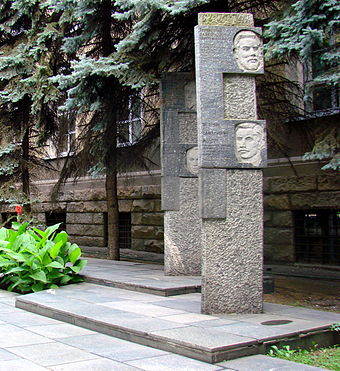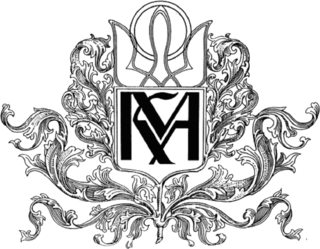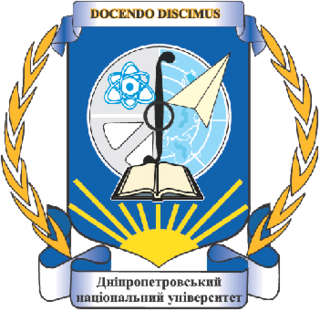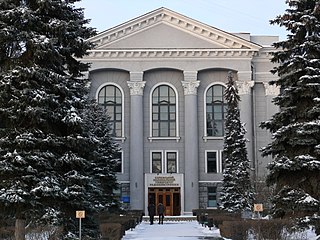Національний гірничий університет | ||||
 | ||||
| Motto | Національний гірничий університет – відповідність часу | |||
|---|---|---|---|---|
Motto in English | National Mining University – Moving with the Times | |||
| Type | Public [1] | |||
| Established | June 16, 1899 [2] | |||
| Rector | Genadiy Grygorovych Pivnyak | |||
Administrative staff | 850 | |||
| Students | 16,000 [1] | |||
| Location | Dnipro , Ukraine | |||
| Campus | Urban | |||
| Colors | ||||
| Affiliations | Magna Charta Universitatum, Black Sea Universities Network (BSUN); Euroasian Universities Association (EUA); International Society for Engineering Education (IGIP); International Society for Rock Mechanics (ISRM); International University of Resources (IUR); World Mining Congress (WMC), International Association of Universities | |||
| Website | www.nmu.org.ua | |||
The National Mining University (Ukrainian : Національний гірничий університет), colloquially known in Ukrainian as NGU (Ukrainian : Національний гірничий університет – НГУ) is located in Dnipro, the third most populous city in Ukraine. It was founded in 1899 as the Yekaterinoslav Higher Mining School. [3] The task of the university then was to provide the mining industry with highly qualified specialists, [3] a goal that has continued to direct the university's leadership right up to the present day, although in recent years its academic offer has developed beyond the confines of mining-related subjects. Currently, its structure consists of nine faculties (academic departments). During the Soviet era, NGU was one of the country's top specialised institutions of higher education. It is ranked as one of Ukraine's best universities in many rankings and today attracts a large number of foreign students.

Ukrainian is an East Slavic language. It is the official state language of Ukraine, one of the three official languages in the unrecognized state of Transnistria, the other two being Romanian and Russian. Written Ukrainian uses a variant of the Cyrillic script.
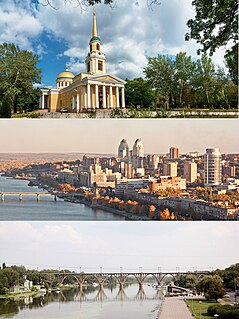
Dnipro, called Dnipropetrovsk until May 2016, is Ukraine's fourth-largest city, with about one million inhabitants. It is 391 kilometres (243 mi) southeast of the capital Kiev on the Dnieper River, in the south-central part of Ukraine. Dnipro is the administrative centre of the Dnipropetrovsk Oblast. Administratively, it is incorporated as a city of oblast significance, the centre of Dnipro municipality and extraterritorial administrative centre of Dnipro Raion. Its population is approximately 1,000,000 (2018 est.).

Ukraine, sometimes called the Ukraine, is a country in Eastern Europe. Excluding Crimea, Ukraine has a population of about 42.5 million, making it the 32nd most populous country in the world. Its capital and largest city is Kiev. Ukrainian is the official language and its alphabet is Cyrillic. The dominant religions in the country are Eastern Orthodoxy and Greek Catholicism. Ukraine is currently in a territorial dispute with Russia over the Crimean Peninsula, which Russia annexed in 2014. Including Crimea, Ukraine has an area of 603,628 km2 (233,062 sq mi), making it the largest country entirely within Europe and the 46th largest country in the world.
Contents
- The university today
- History
- Foundation
- The Soviet era
- Post-independence NMU
- Academics
- Rankings
- Organisation and administration
- Structure
- Foreign Partner Universities
- Campus
- Museums and collections
- Student life
- Student accommodation
- Notable alumni
- Heads and ministers of state, government and international organisations
- Academics and other alumni
- References
- External links
The National Mining University is one of the leading establishments of higher education in Ukraine. According to the ratings of UNESCO it achieved 6th position among the 200 Top universities in Ukraine in 2009. [4]

